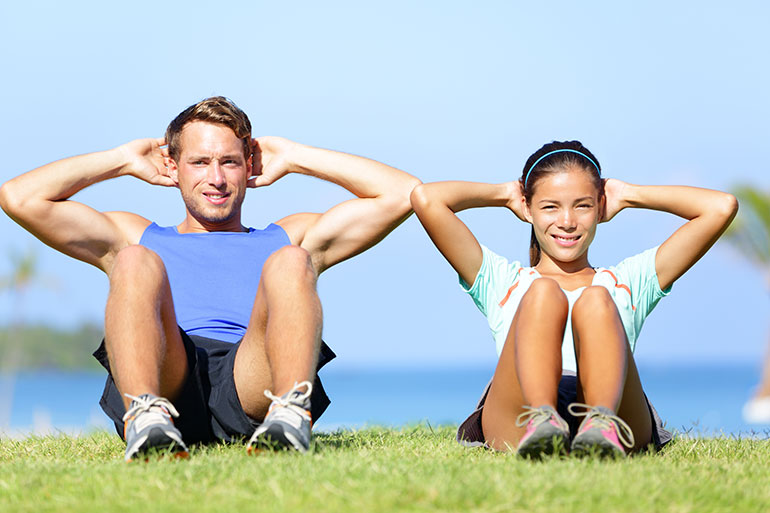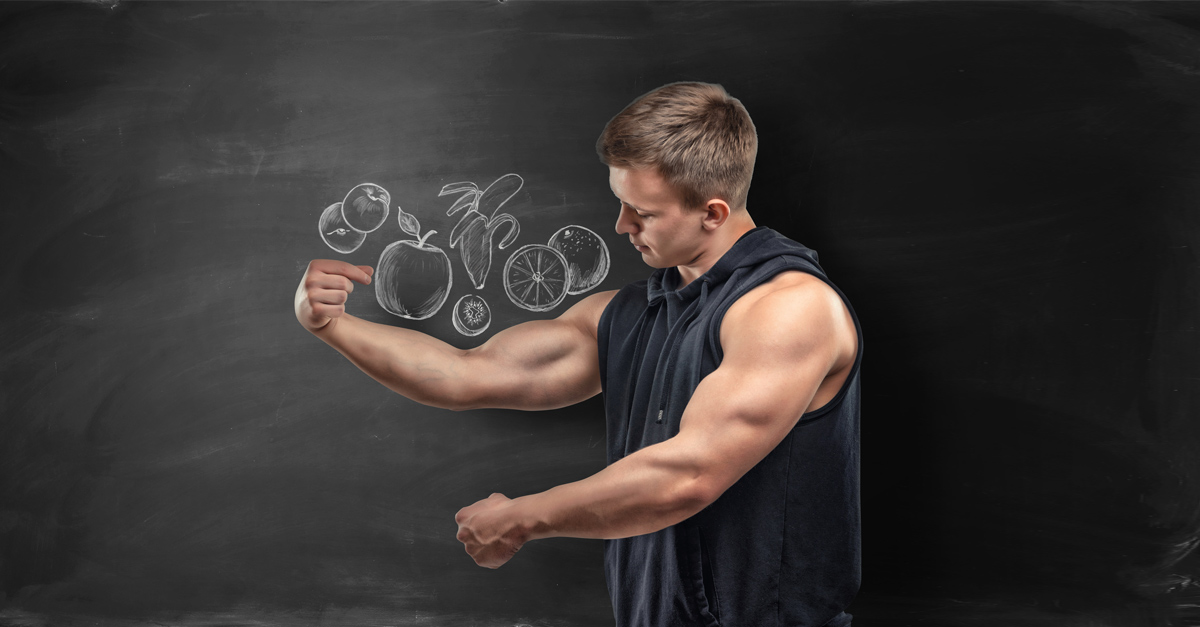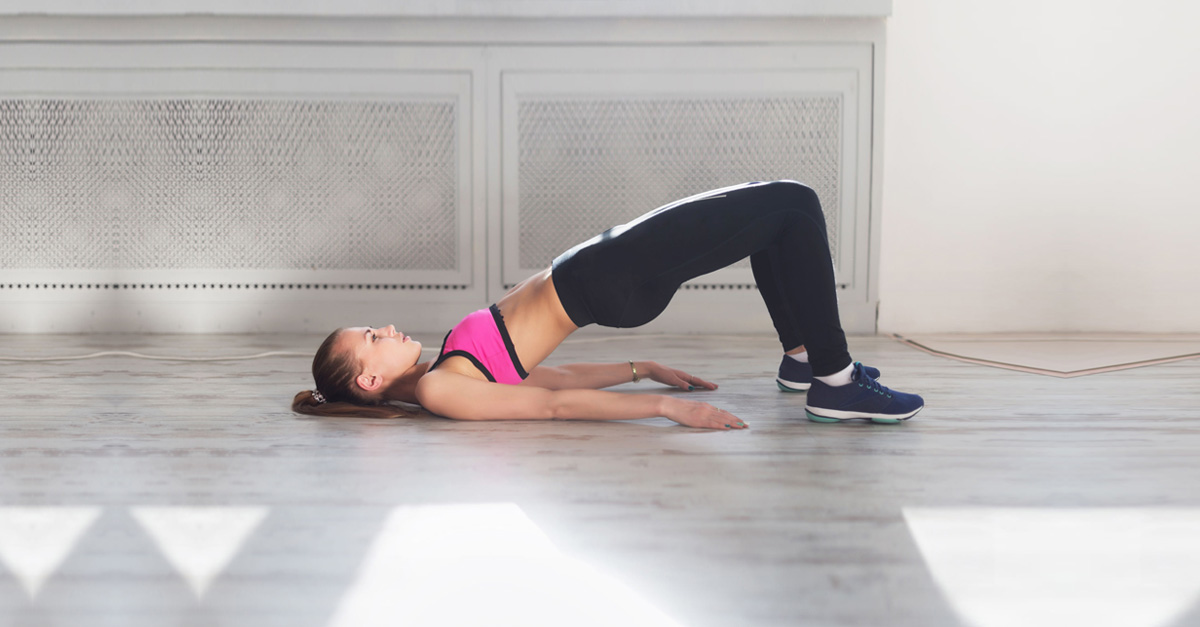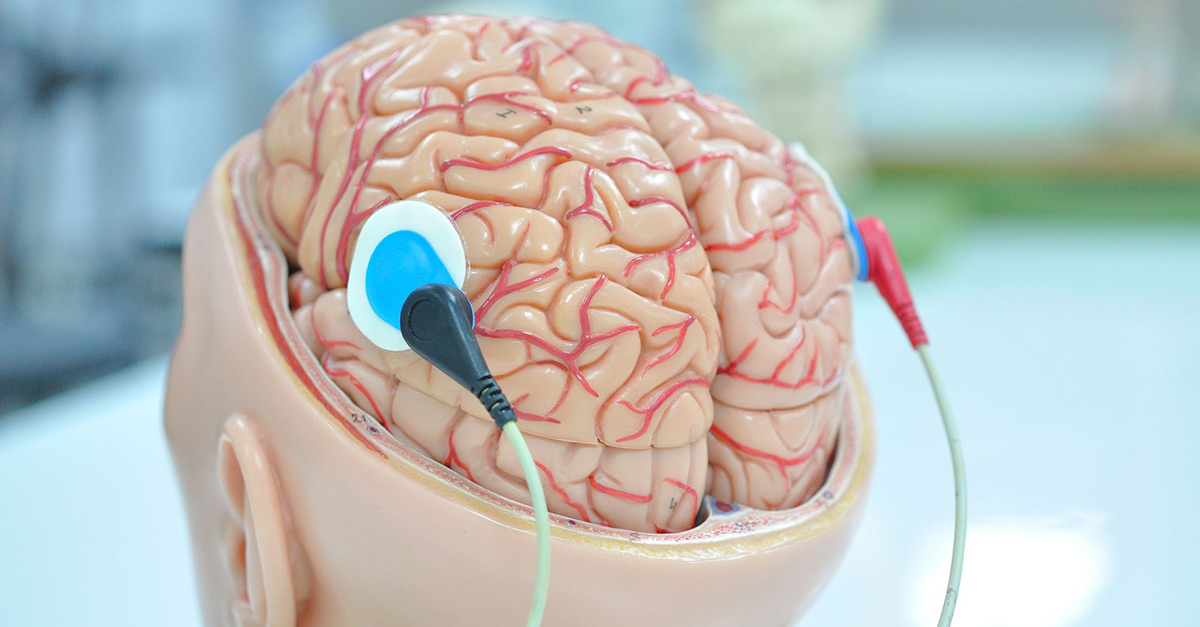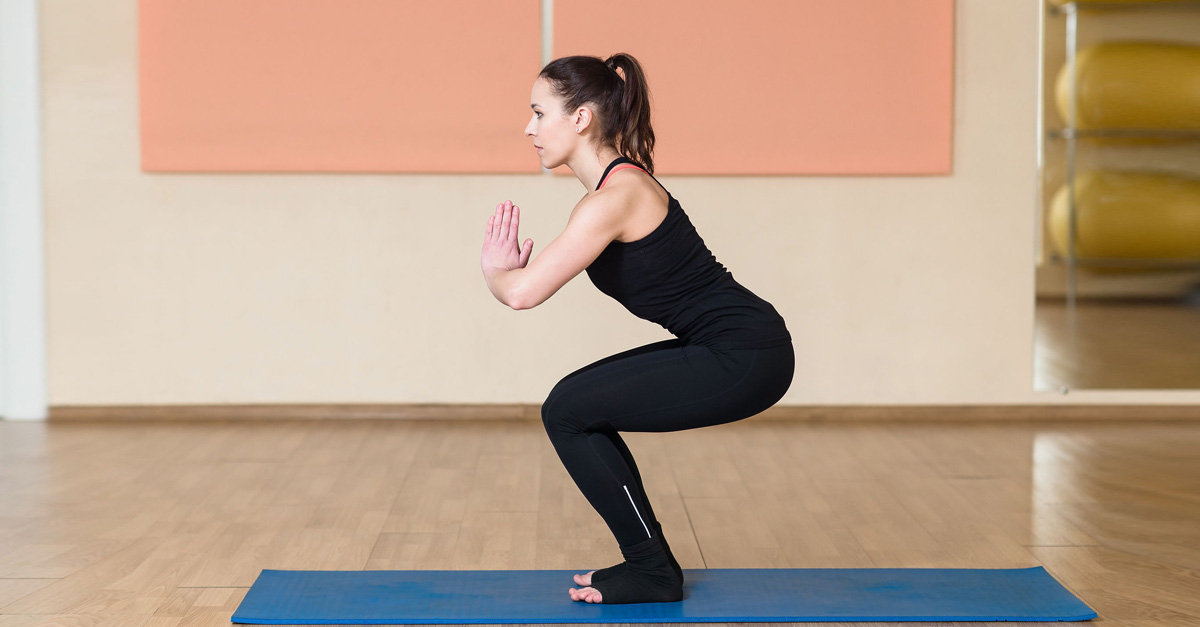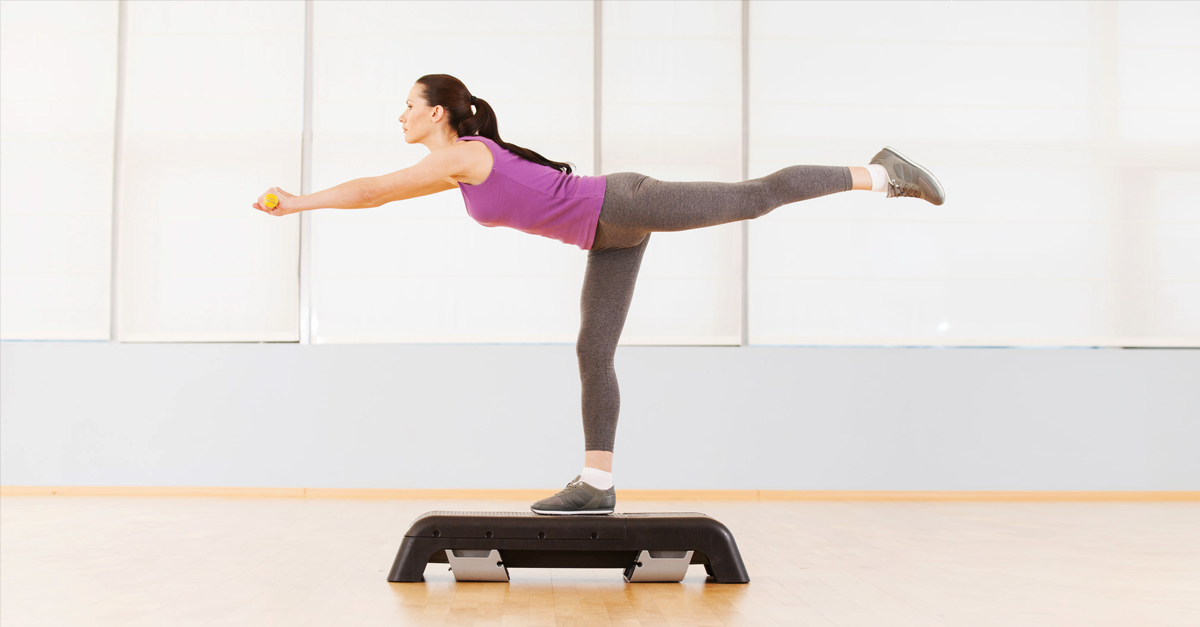
Since its heyday in the 1970’s, bodybuilding has been the dominant influence on how most everyday exercisers go about structuring their strength training. In the last few years, however, the functional training movement has begun to gain traction and people are learning that bodybuilding methods may not be the most effective approach for most people.
In bodybuilding, the primary focus is on isolating muscle groups (namely those that are most visible, often at the expense of other key muscles groups) and prioritizing muscle growth over strength or function. Optimal strength and function, however, revolve around your ability to perform functional movements, not simply the size of your most aesthetically-pleasing muscles.
Here are 3 primary reasons to focus on movements rather than muscles in your strength training:
1. You’ll Feel Better, Perform Better, And STILL Make Faster Aesthetic Changes

When your workouts utilize exercises that resemble and more directly translate into real-life movements, the carry-over into your life outside of the gym is exponentially greater. Almost everything that you do outside of the gym requires a collective effort from your entire body, not a single muscle group acting independently.
When your workouts begin to follow the same rule, the muscles of your entire body (and especially your core) become better integrated, more aligned, and dramatically stronger as a unit. Assuming exercises are done correctly and with proper guidance, this leads to better posture, fewer aches & pains, more functional strength, and yes – a much better physique that also happens to be able to back up its appearance.
But, I didn’t just say that movement-based training can match the aesthetic gains of isolation-based training, I said that it can exceed them. One primary reason for this is that when your body is trained as it is designed to function, you greatly improve your ability to increase the difficulty of your workouts in less time. Weaknesses and gaps in your training that are inevitable in an isolation training model reduce your structural integrity and therefore hold you back from safely lifting heavier loads (or more repetitions).
2. In Half The Training Time You Can Achieve Twice The Benefits
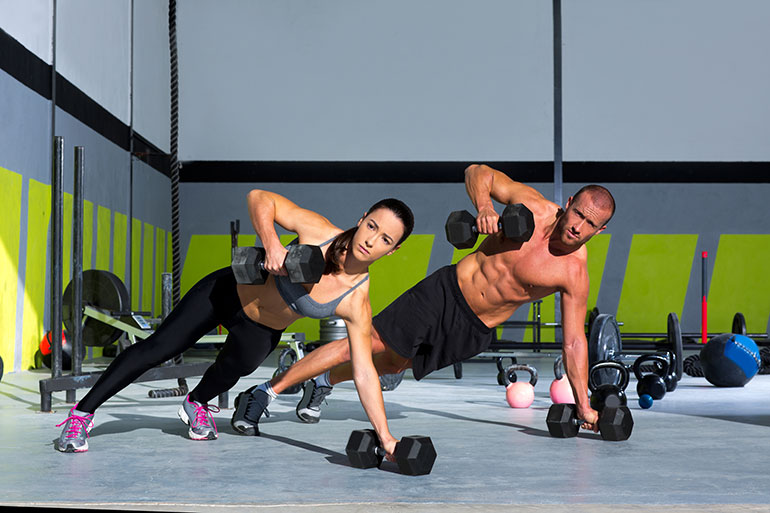
Among the most practical benefits of building your training program around functional movements is that it becomes much easier to merge strength training and cardiovascular conditioning. Nearly all of the movements covered below engage so many muscles at once that they stimulate the cardiovascular system nearly as much as the muscular system. By keeping your heart rate up during a strength training session, you’re now killing two birds with one stone.
In addition, the 4 categories of movements below also make it easy to create a faster pace in your workouts by pairing complementary movements (especially presses / pulls or leg drives / core flexes). By alternating 2 or more exercises, you keep your heart rate up, still allow recovery between sets of the same exercise, and can fit in a high volume of work in a short time. This minimizes rest time, maximizes both strength and conditioning, and provides twice the benefits in half the time.
3. Programming Becomes Simpler And More Intuitive
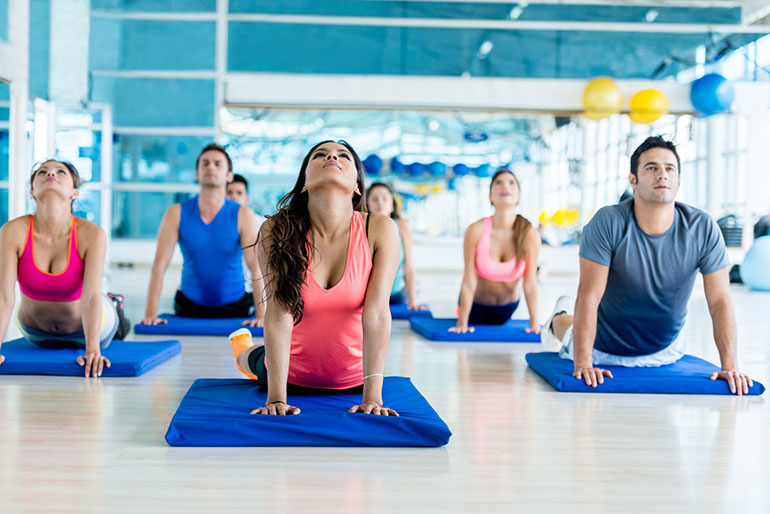
Want an easy and practical way to make sure you train your entire body without having to be an anatomy specialist? I have a simple checklist composed of 4 types of movements (each with 3 main sub-categories) that ensure every muscle in your body is trained. Since these classifications are based on common sense and not advanced theory, they are extremely simple to remember.
The 4 Categories of Movement
The 4 types of movements are presses, pulls, leg drives, and core flexes. When all 4 of these are covered, you can be sure that your entire body was trained. There are plenty of variations within each type of movement, but below you will find the general benefits of each category.
1. Pressing Movements

Pressing movements can be divided into high-angle presses (such as barbell overhead presses), horizontal presses (such as push-ups or bench presses), and low-angle presses (such as dips). These movements require the use of your entire upper body to stabilize and apply force through the body, the shoulders and the elbows. In terms of aesthetics, the primary areas developed by these movements are the pecs, shoulders, and triceps. Generally, higher angles presses are better for improving shoulder range of motion, promoting good posture, and more fully developing the musculature of the shoulders and upper (clavicular) pecs. Lower angle presses run more risk of rounding the shoulders, but more fully develop the middle and lower (sternal) pecs.
2. Pulling Movements

Pulling movements can be divided into the same 3 categories as presses: high-angle pulls (such as pull-ups), horizontal pulls (such as rows), and low-angle pulls (such as barbell cleans). These movements also engage the entire upper body, but with more emphasis on the middle / upper back and biceps. These movements are also greatly important in stabilizing the shoulders and providing the essential compliment to pressing movements (pressing more than pulling is a great way to de-stabilize the shoulders and end up with a hunch-back). While there is a huge overlap in the areas that these 3 angles focus on, the lower the angle of the pull (i.e. cleans), the greater the emphasis in the far upper back (especially the upper traps), and the higher the angle (i.e. pull-ups), the greater the emphasis on the middle and outer back muscles. Rowing movements tend to work all areas to a relatively equal degree.
3. Leg Drives (Squats, Lunges, and Deadlifts)
The most important movement type of all is leg drives, which are essentially any movement that includes both hip and knee extension. The 3 main categories of leg drives are squats, lunges, and deadlifts. All 3 movements develop the entire lower body and develop strength and stability in the core.
-
Squats
Squats are fundamentally important for a wide array of daily movements we all perform, including every time you sit down and stand up. Improving strength, stability, and range of motion in the squat will flat-out make you a more functional human being. The areas most heavily developed by squats are the glutes and quadriceps (front half of the thighs), though the core, hips and hamstrings (back of the thighs) are also heavily utilized for stabilization.
-
Lunges
The mechanics of a lunge are very similar to that of a squat. The front leg on a lunge essentially performs the same movement as both legs do on a squat, while the rear leg’s main function is stabilization. As we spend much of our time on just one leg (i.e. walking / running), building unilateral strength in the legs is important. Lunges and squats both require a great deal of hip mobility, but lunges also require a greater degree of hip stability. As a result, lunges are great for balancing left / right imbalances and developing hip stability, while emphasizing all the muscles of the squat in addition to requiring more engagement from the adductors and abductors (inner thigh / outer hip), hamstrings, and lower legs (various muscles of the feet and calves that help maintain balanced weight-distribution).
-
Deadlifts
Deadlifts, while typically performed with a barbell, can be any movement that requires picking an object up off the ground. Deadlifts are critical to not only developing total body strength but to staying injury-free as well. People injure themselves all the time as a result of poor deadlifting technique, often outside of the gym (ex: picking up a bag of dog food). Many people think that if they have back problems, they should avoid deadlifts. The truth is that, as long as you have proper guidance, deadlifts can be among the best ways to correct many back problems. Aside from function, the areas primarily developed by the deadlift are what is referred to as the posterior chain – the back, glutes, hamstrings, and even calves (basically, the entire backside of your body). Deadlifts also require so much stabilization that they are a core powerhouse and can even be more beneficial in building a six-pack than most “ab” exercises.
4. Core Flexes
Core flexes are movements that are based around flexion (bending forward) near the mid-line of the body – most commonly at the hip. The 3 types of core flexes are isometrics, hip flexes, and spinal bends. Isometrics are exercises such as planks or hollow body holds, in which the goal is to resist movement rather than creating it. As is the case with a plank, most of these movements involve resisting a force that would otherwise push your body into hyper-extension at the hip and spine (i.e. if you don’t sufficiently resist the force of a plank, your lower back will sag, placing your lumbar spine in hyper-extension). However, movements such as the Superman reverse this by applying force in the opposite direction and require the extensors to resist rather than the flexors.
Flexion-based isometric exercises, such as the plank, engage practically the entire core musculature, with more emphasis on the anterior (front) muscles – including the rectus abdominus, a.k.a. the six-pack muscle. Extension-based isometric exercises, such as the Superman, more heavily engage the backside of the core – namely those in the lower back.
Hip flexes are movements, such as supine leg raises, where you bend forward at the hip against resistance (or gravity). These movements help to develop the tremendously important iliopsoas (important for stabilizing the pelvis / spine and is the only muscle group that directly connects the spine to the legs), engage nearly the entire core, and even to improve hip / hamstring flexibility. People who cannot bend very far forward (i.e. reach to / beyond their toes) will often experience more progress from these movements than they will from traditional hamstring stretches.
Spinal bends are any movements that require you to bend at the spine (rounding forward, extending backwards, laterally bending to the side, or rotating). Exercises in this category include crunches, side bends, and Russian twists. Aside from crunches, these movements tend to get ignored and leave us limited to training our core only from one angle. Our spines are asked to move in a wide variety of ways throughout the day and our workouts should reflect this.






